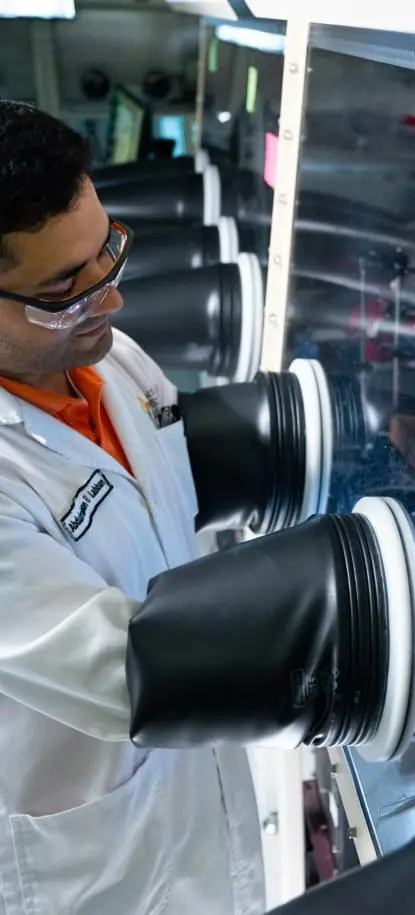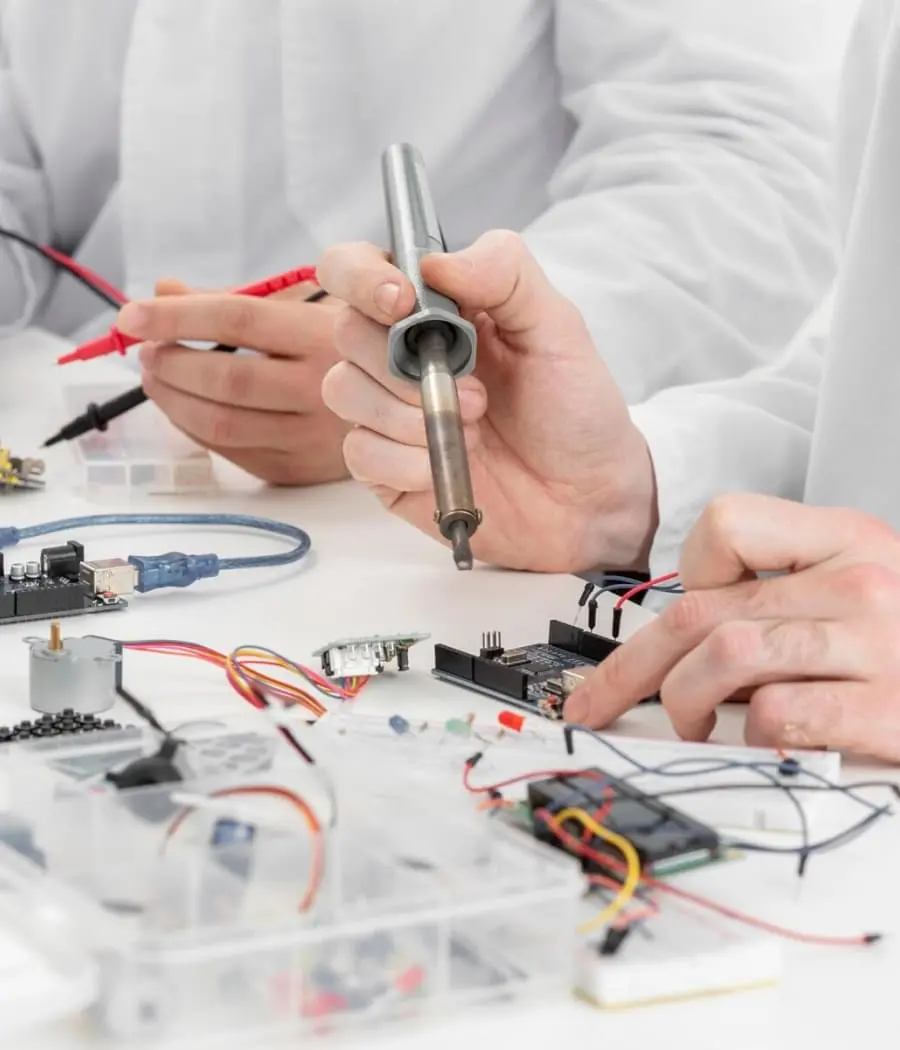




Quick Links:


Electrically powered equipment, such as hot plates, stirrers, vacuum pumps, electrophoresis apparatus, lasers, heating mantles, ultrasonicators, power supplies, and microwave ovens are essential elements of many laboratories.

These devices can pose a significant hazard to laboratory users, particularly when mishandled or not maintained. Many laboratory electrical devices have high voltage or high power requirements, carrying even more risk. Large capacitors found in many laser flash lamps and other systems are capable of storing lethal amounts of electrical energy and pose a serious danger even if the power source has been disconnected.
De-energization of electrical equipment provides the highest level of safety when servicing or maintaining electrical equipment.
Working on live electrical parts should be avoided when possible and should only be performed in the following two scenarios:
Only employees that are qualified persons are allowed to work on live electrical parts that are 50 V or higher.
There are various ways of protecting people from the hazards caused by electricity, including insulation, guarding, grounding, and electrical protective devices.